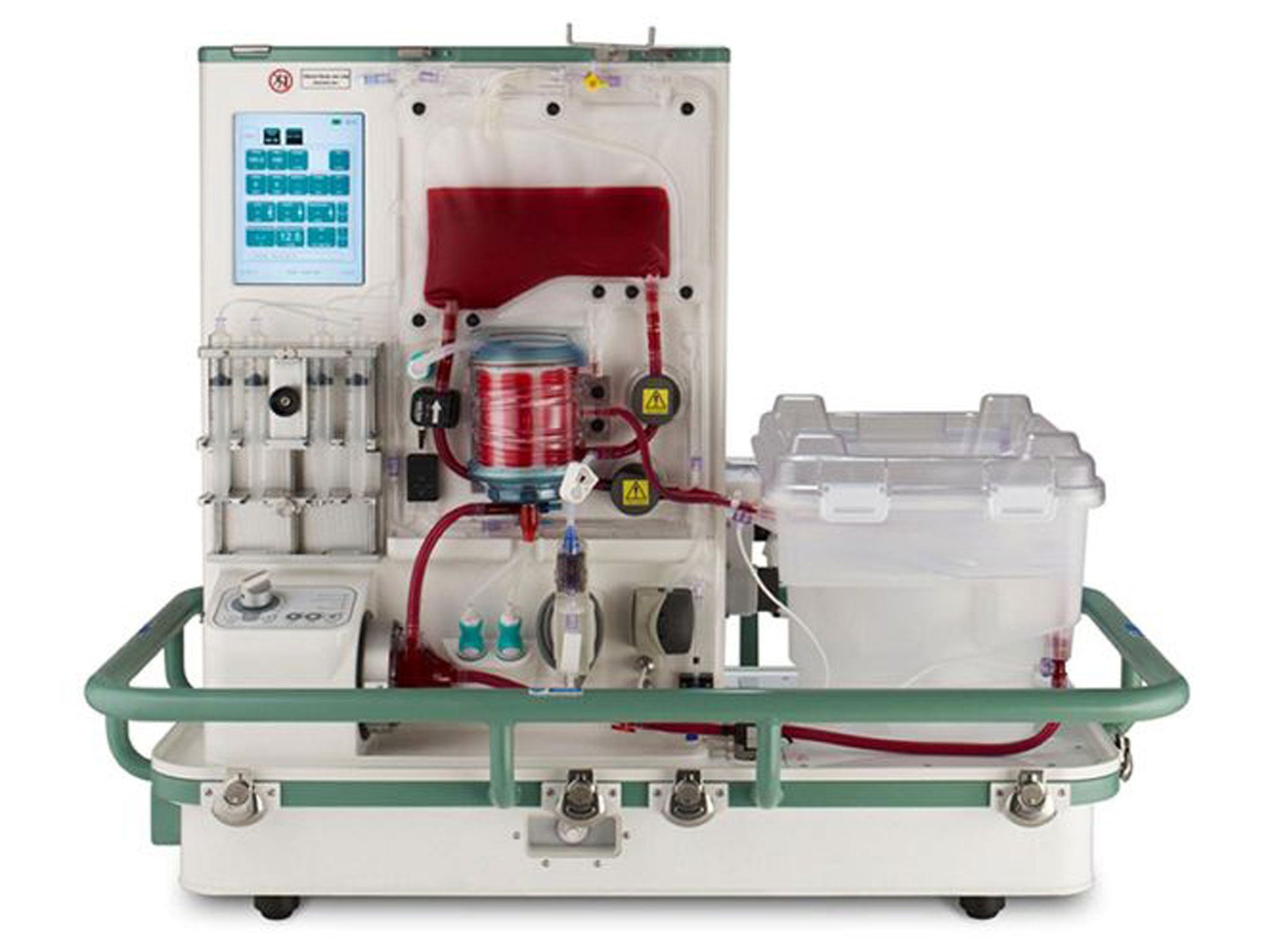Human livers kept 'alive' out of body in donor breakthrough
Discovery by Oxford University scientists could double the number of the organs used for transplant

For the first time, a human liver has been kept ‘alive’, warm, and functioning outside of the body, and successfully transplanted into a new patient, in a breakthrough that has massive implications for all organ transplants.
A new machine, developed over fifteen years by scientists at Oxford University, was used to house the liver, mimicking the conditions in which it exists inside the human body. By keeping the organ at room temperature, not transporting it in cold storage, the machine may double the number of livers that can be used for transplant.
Many of an already scarce number of donated livers are rejected by surgeons as unsuitable for transplant, most for being too fatty. Fatty livers are not necessarily unhealthy, but the process of dramatically cooling them down and warming them up again causes significant damage. Donor patients are also, for the most part, getting older. It is hoped the device will dramatically increase the number of “marginal” livers that can be transplanted.
Two patients have received transplanted livers kept in the machine at King’s College Hospital in February. 20 operations will have to be successfully performed before the machine, which has only two buttons, start and stop, can receive a CE mark and the possibility of going into production.
“These first clinical cases confirm that we can support human livers outside the body, keep them alive and functioning on our machine and then, hours later, successfully transplant them into a patient,” said Professor Constantin Coussios of Oxford University’s Department of Engineering Science.
“It was astounding to see an initially cold grey liver flushing with colour once hooked up to our machine and performing as it would within the body. What was even more amazing was to see the same liver transplanted into a patient who is now walking around.”
The machine sits on a trolley, and requires 3 units of blood to maintain the liver in a constant environment. At the moment, a donated liver has to be transplanted into a patient within a maximum of 20 hours, though decline begins to show after 14, which is where most surgeons draw the line. It means surgeons pagers regularly go off in the middle of the night, from where they rush to hospital to perform operations. In the trials, the livers were not kept functional for longer than this period, but it is hoped that the machine could maintain them for longer periods, which has huge implications.
Firstly, transplanted organs could be, in effect, test driven, and analysed more extensively for defects that hadn’t shown up while the liver outside of the body, reducing the risk of rejection by the body, which in some cases is fatal.
“It would also mean we could look at repairing a liver outside the body,” said Peter Friend, Professor of Transplants at Oxford University. It could also lead to organs being transplanted around the world, to meet with patients who are better suited with donors.
There is no reason why the proprietary technology could not be used to transplant kidneys, pancreas or lungs. Any organ in fact, apart from the heart, which is more complicated as it pumps its own blood supply.
Around 650 liver transplants take place in the UK every year. 90 per cent of patients are still alive after a year, the accepted benchmark, as liver transplant’s health tends to improve over time.
“By enabling us to transplant many organs are that are unusable with current techniques, this technology could bring benefit to a large number of patients awaiting transplants, many of whom currently die whilst still waiting,” Professor Friend added.
Subscribe to Independent Premium to bookmark this article
Want to bookmark your favourite articles and stories to read or reference later? Start your Independent Premium subscription today.

Join our commenting forum
Join thought-provoking conversations, follow other Independent readers and see their replies